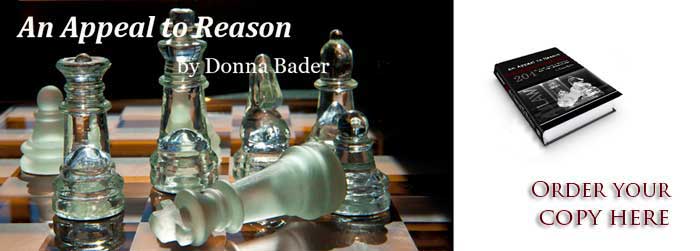Continuances in Motions for Summary Judgment
 Wednesday, April 20, 2011 at 8:36AM
Wednesday, April 20, 2011 at 8:36AM I don't want to sound like a broken record - as I have recently covered requesting continuances in motions for summary judgment - but I picked up a few useful nuggets in Christoffersen v. Soka University, Case No. G042935. This is an unpublished case so it can't be cited, but I've written on several occasions that unpublished opinions are helpful for a variety of reasons.
In Christoffersen, the plaintiff, a university professor, sued Soka for religious and age discrimination after she was denied tenure. She claimed the real reasons for the denial of her application were because she refused to join a Buddhist organization and she was then 62 years of age.
Soka filed a motion for summary judgment, which included several declarations. Plaintiff never served any written discovery requests during the lawsuit (oops!). Probably after receiving the motion, plaintiff attempted to conduct discovery, but it did not proceed smoothly. Plaintiff filed an ex parte application to compel production of documents and to continue the summary judgment hearing. Her then attorney filed a "declaration," and while it included an affirmation that the statements were made with personal knowledge, it was not executed under penalty of perjury. The ex parte application was denied. Since the plaintiff elected to proceed with her appeal without a reporter's transcript, the appellate court could not determine what was said by the trial court. Very hard to show abuse of discretion under such circumstances.
Plaintiff made a second request for continuance in her opposition, but while her attorney signed a proper declaration, she made no mention of the need for additional evidence and a continuance. The court granted the motion. What is important to note:
- The court set forth what a declarant must show in requesting a continuance - which I won't repeat here - but it noted that the request must be supported by a "declaration" or an "affidavit" under oath. The declaration initially submitted by plaintiff failed to have the necessary language that it was executed under penalty of perjury and the reviewing court found she "failed to comply with the most basic aspect of the requirements of section 437c, subdivision (h)."
- A request for a continuance without a declaration or affidavit also fails to comply. "Material in a memorandum of points and authorities or argument raised orally is insufficient to meet the requirements of section 437c, subdivision (h)."
- The requesting party must show how the discovery would provide "facts essential to justify opposition," rather than just conducting "exploratory" discovery.
- Plaintiff failed to show diligence.
- While the paperwork failed to adequately support the request for a continuance, the court concluded the trial court acted within its discretion. "Moreover, Christoffersen's failure to provide this court with a reporter's transcript precludes a review of the trial court's comments at the hearing for an abuse of discretion."

